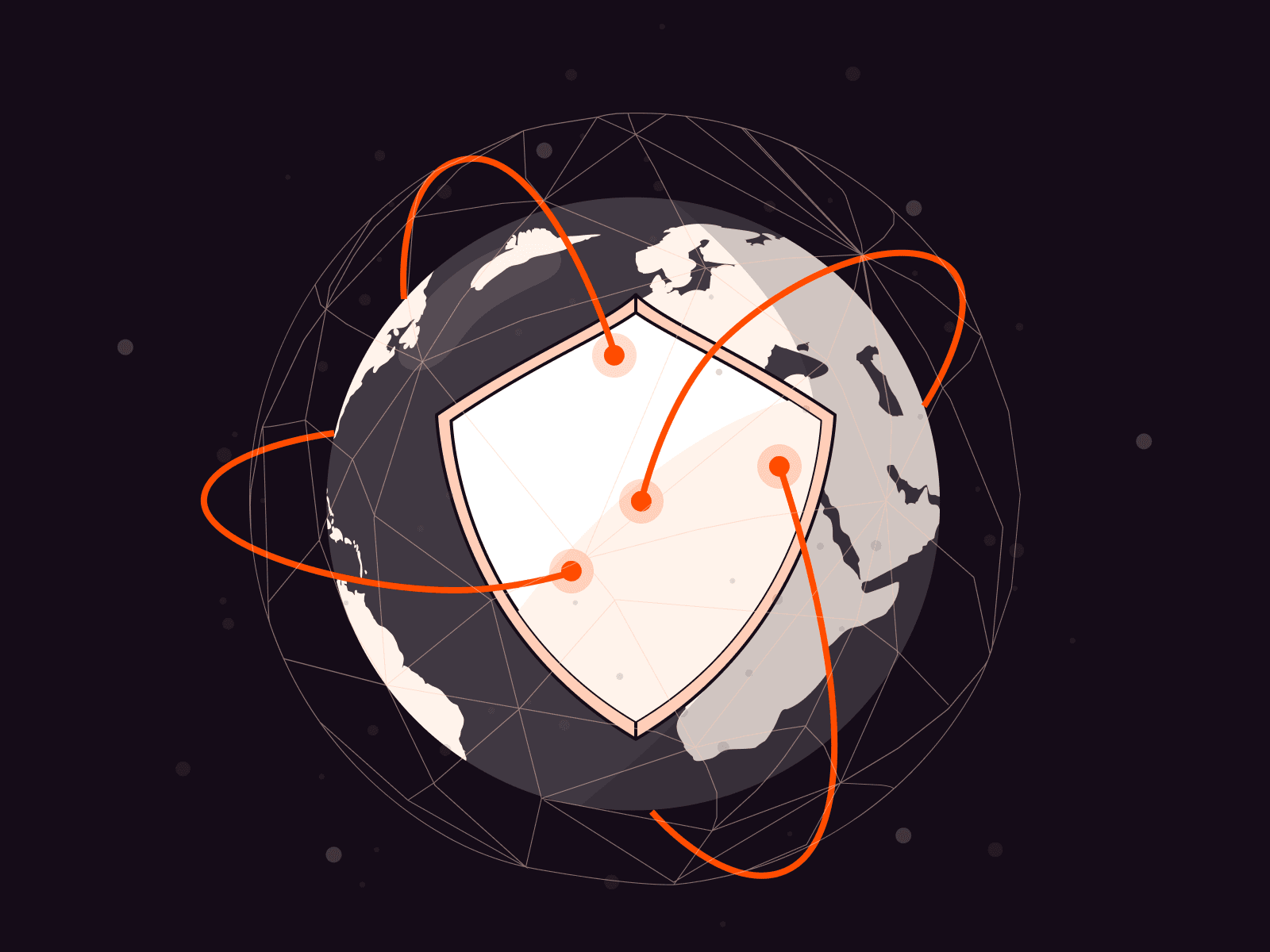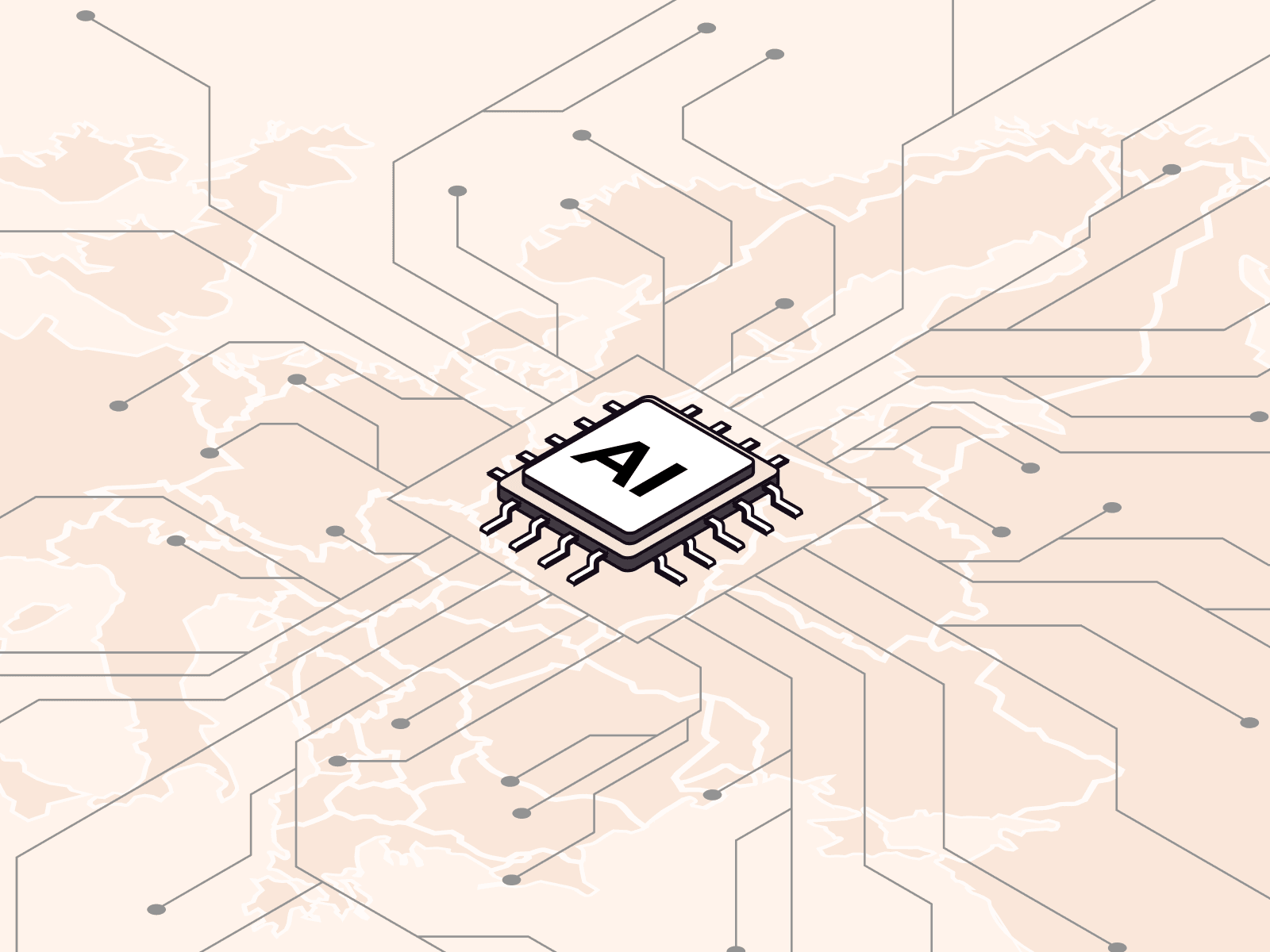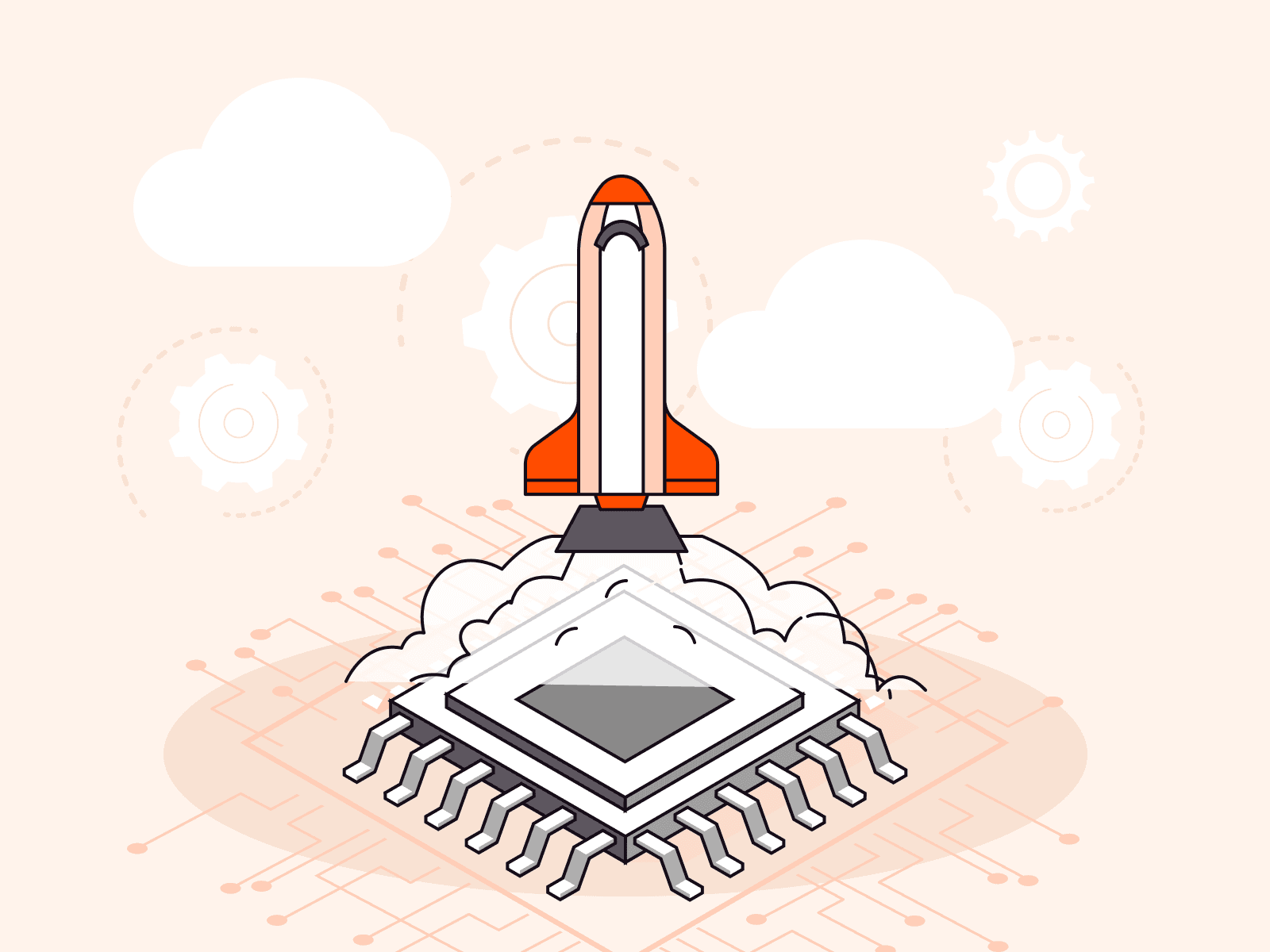Multi-vector attacks and solutions: why you need multi-layer DDoS protection
- December 11, 2024
- 4 min read

Cyberattacks are more aggressive and adaptable than ever, and DDoS attacks are a prime example of how sophisticated these tactics have become. What used to be straightforward traffic floods have transformed into multi-vector threats that strike at multiple points in a business’s infrastructure. These attacks exploit multiple network layers, targeting specific vulnerabilities to disrupt services and compromise data.
This evolution now puts businesses, especially those that are online and infrastructure-heavy, at great risk. Multilayered DDoS protection is imperative to maintain operations and keep the integrity of critical data without costly downtime.
What makes multi-vector DDoS attacks different?
DDoS attacks have always been about overwhelming resources, but multi-vector attacks add a new dimension of complexity. A multi-vector DDoS attack uses a variety of methods to exhaust multiple resources across different layers of the OSI network model, resulting in a sophisticated and powerful attack.
Anatomy of a multi-vector attack
Layer 3, the network layer, is usually the first target in a multi-vector attack, which at this stage involves IP fragment flooding, ICMP requests, and other attacks that result in network bandwidth congestion. Layer 4, the transport layer, is where protocols like TCP and UDP are under attack. The aim of this phase of the attack is generally to overwhelm connection ports, denying legitimate traffic.
Attacks that include Layer 7, the application layer, are especially difficult to detect, as they generally focus on specific applications. These attacks operate by sending sophisticated requests that impersonate legitimate users but eventually wear down server resources. Rather than relying on volume, the attacks focus on complexity, making them challenging to block using traditional firewalls. Learn all about L7 attacks in our dedicated article.
Why single-layer protection fails against multi-vector attacks
Different layers serve unique purposes within the network, and because of that, attackers use different techniques for each type. Infrastructure-oriented network and transport layers provide the means of transmission of data packets, while interactions with web applications are of an application-layer nature. Multi-vector attacks mean that a business would have to defend itself on as many fronts as possible simultaneously—an impossible task without a multilayer defense strategy in place.
Traditional DDoS defenses typically focus on a single layer, but multi-vector attacks show why this approach isn’t enough. If only Layer 3 protection is in place, an attacker can bypass it with application-layer tactics. Likewise, if a business only has Layer 7 protection, it might handle application-layer threats but become overwhelmed by high-volume attacks on the network layer.
The reality is that these defenses must work together. Imagine a retail business with a robust application layer defense but no Layer 3 or 4 protection. A coordinated attack could flood the network with data packets (network layer), overwhelming infrastructure to the point where application-layer defenses become irrelevant since the backend is already compromised. For online services to remain accessible and functional, it’s crucial to address threats at each layer in an interconnected manner.
Real examples of multi-vector DDoS attacks
Multi-vector attacks have affected several well-known companies, causing serious downtime, customer dissatisfaction, and reputational damage. While DDoS attacks can strike any company at any time, some industries show increased risk. For instance, in early 2024, DDoS attacks targeting the financial industry rose by 154%. Geopolitical circumstances can also leave specific sectors vulnerable, with the Russian hacking groups theorized to be the perpetrators behind a series of DDoS attacks targeting French sites ahead of the 2024 Paris Olympics.
Gaming platforms are also a favorite target of multi-vector attacks, with malicious actors using application-layer attacks to remove users while launching UDP floods at the network level. In H1 of 2024, 49% of DDoS attacks targeted gaming companies, with major gaming companies reporting losses in millions of dollars from these attacks.
Understanding the three-layer DDoS defense approach
Multilayered DDoS protection requires a dedicated security measure at each vulnerable layer, each bringing a particular set of defenses:
- Layer 3 and 4: Network and transport layer protection is your first line of defense. A DDoS mitigation service should handle high-volume attacks, like UDP and TCP floods, maintain infrastructure stability, and block malicious traffic before it penetrates your systems.
- Layer 7: Protecting the application layer (i.e., layer 7) requires advanced solutions like web application and API protection (WAAP) or a professional-grade DDoS protection plan. Layer 7 security provides protection against complex threats targeting applications like SQL injections, cross-site scripting, and application-layer DDoS attacks, thus ensuring that even in cases where attackers may try to exploit application-specific vulnerabilities, your backend remains secure and accessible.
What matters in any effective DDoS protection strategy is how these layers interwork and protect the network and applications from volumetric and sophisticated low-volume attacks.
If you want to learn more about implementing layered DDoS protection, we’ve got just the article for you.
The role of WAAP in multi-vector DDoS defense
Modern DDoS attack vectors are increasingly complex, especially at the application layer. WAAP defends against both L7 DDoS attacks and API-specific vulnerabilities as more attackers begin to use the latter to find weak links in applications.
An efficient WAAP solution monitors constant requests, filtering out malicious activities in order to block unauthorized access to different applications and API endpoints. For instance, an attacker might try to overwhelm an API with slow requests that will deplete server resources. A reliable WAAP solution catches these subtle threats and blocks them without affecting end-users. In API-heavy infrastructures, especially within sectors like finance and e-commerce, WAAP provides indispensable value as one layer in a multi-layered defense for business.
Enhancing your DDoS defense with edge security
As DDoS attacks continue to evolve, so too must the defenses businesses use. A static, single-layered defense approach can’t keep up with today’s multi-vector threats. For modern businesses, especially those heavily reliant on digital services, multi-layered protection can spell the difference between security and vulnerability. By deploying a defense system that spans the network, transport, and application layers, businesses can safeguard their infrastructure, applications, and data effectively to promote uptime and customer satisfaction.
Gcore Edge Security combines powerful DDoS protection with WAAP capabilities. This solution empowers you to streamline operations by eliminating separate tools and setups and enhance your security with centralized monitoring, enabling real-time threat response and improved resilience against multi-vector DDoS attacks. We help you focus on growth, knowing your digital assets are well-protected against even the most sophisticated multi-vector DDoS attacks.
Related articles
Subscribe to our newsletter
Get the latest industry trends, exclusive insights, and Gcore updates delivered straight to your inbox.






